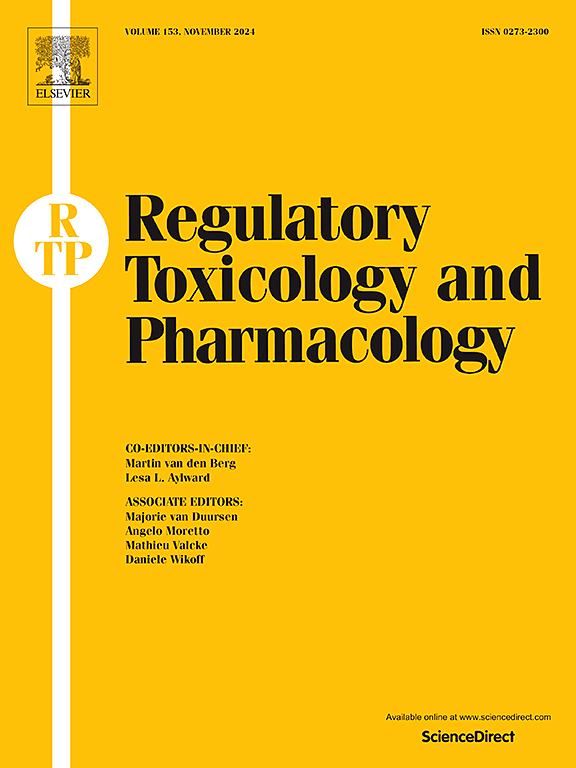临床前研究的患病率和样本量。
IF 3
4区 医学
Q1 MEDICINE, LEGAL
引用次数: 0
摘要
本研究以固定数量的研究对象为背景,探讨事件发生率与事件观察之间的关系。对于任何给定的研究规模,一个给定事件的发生次数随着该事件的流行程度的增加而增加。我们使用二项分布来描述在一定的流行值范围内,在固定规模的研究中观察到至少一个特定事件的可能性。由此,我们探讨了随着研究规模的增加对这种可能性的边际影响。我们提出的研究结果表明,在一项研究中增加一名额外受试者所产生的边际影响最大化时,患病率的价值。然后,我们明确地描述了流行率和样本量在产生事件观察中的相互作用,并提供了一种工具,研究计划人员可以根据未检测到的风险来设计研究,而不是传统的功率计算。本文章由计算机程序翻译,如有差异,请以英文原文为准。

Prevalence and sample sizes in pre-clinical studies
This work explores the relationship between event prevalence and event observation in the context of a study with a fixed number of subjects. For any given study size, one expects the number of occurrences of a given event to increase as the prevalence of that event increases. We use the Binomial distribution to characterize the likelihood of observing at least one specified event for a fixed sized study over a range of prevalence values. From this, we explore the marginal impact on that likelihood as the study size increases. We present findings regarding the value of prevalence that maximizes the marginal impact of adding one additional subject to a study. We then explicitly characterize the interaction of prevalence and sample size in yielding event observation and provide a vehicle by which study planners may design studies based on risk of non-detection as opposed to traditional power calculations.
求助全文
通过发布文献求助,成功后即可免费获取论文全文。
去求助
来源期刊
CiteScore
6.70
自引率
8.80%
发文量
147
审稿时长
58 days
期刊介绍:
Regulatory Toxicology and Pharmacology publishes peer reviewed articles that involve the generation, evaluation, and interpretation of experimental animal and human data that are of direct importance and relevance for regulatory authorities with respect to toxicological and pharmacological regulations in society. All peer-reviewed articles that are published should be devoted to improve the protection of human health and environment. Reviews and discussions are welcomed that address legal and/or regulatory decisions with respect to risk assessment and management of toxicological and pharmacological compounds on a scientific basis. It addresses an international readership of scientists, risk assessors and managers, and other professionals active in the field of human and environmental health.
Types of peer-reviewed articles published:
-Original research articles of relevance for regulatory aspects covering aspects including, but not limited to:
1.Factors influencing human sensitivity
2.Exposure science related to risk assessment
3.Alternative toxicological test methods
4.Frameworks for evaluation and integration of data in regulatory evaluations
5.Harmonization across regulatory agencies
6.Read-across methods and evaluations
-Contemporary Reviews on policy related Research issues
-Letters to the Editor
-Guest Editorials (by Invitation)

 求助内容:
求助内容: 应助结果提醒方式:
应助结果提醒方式:


